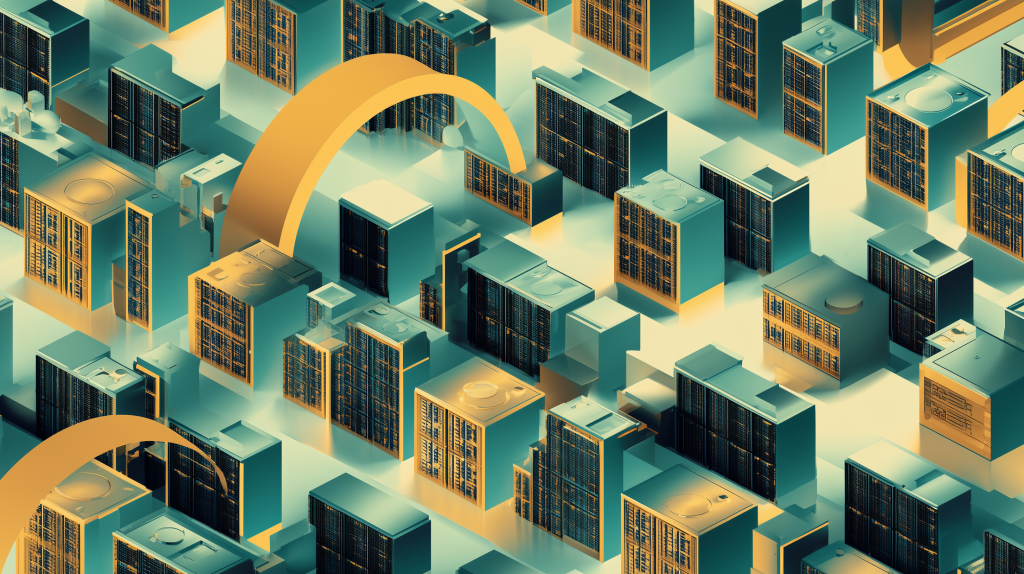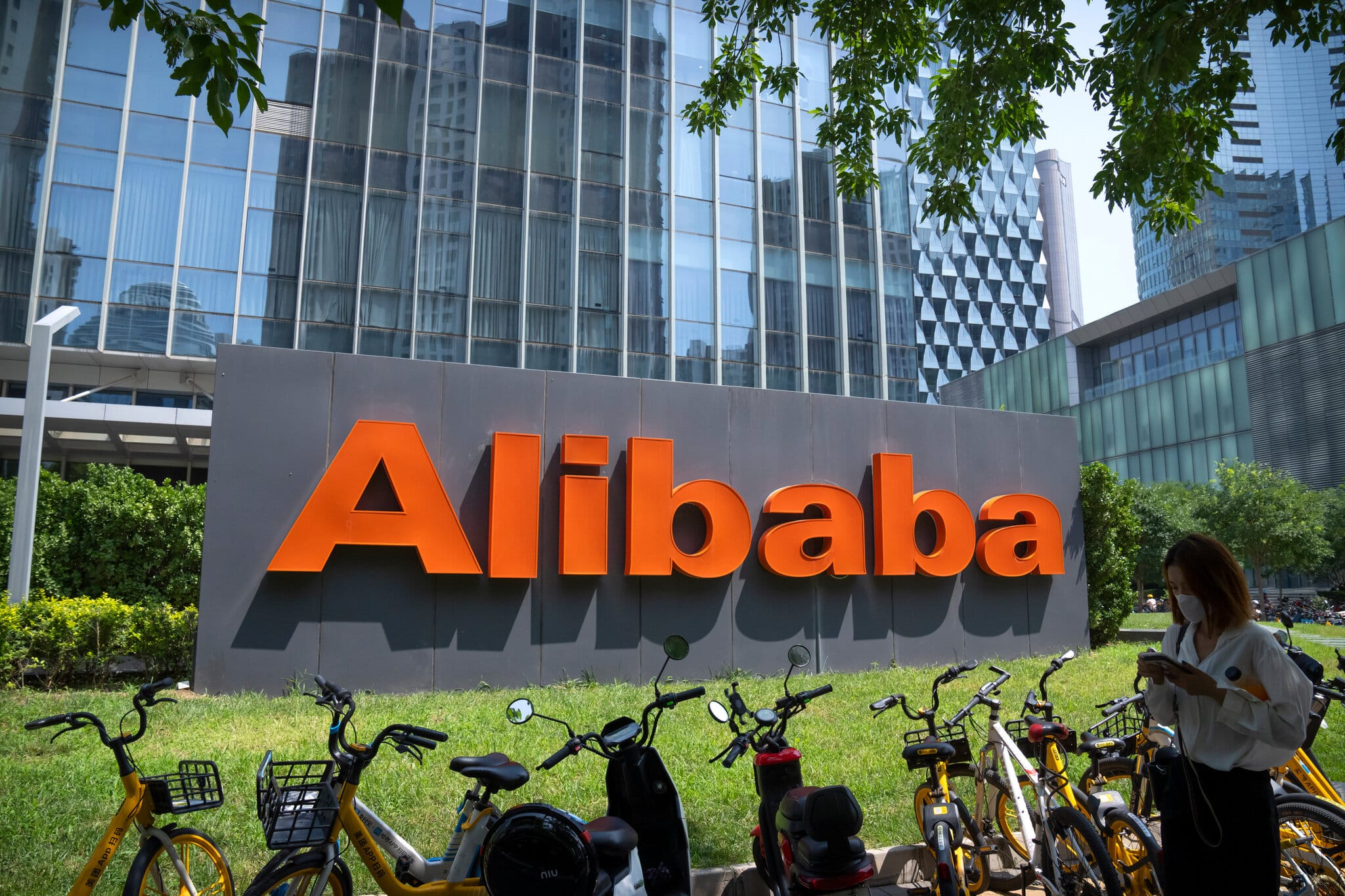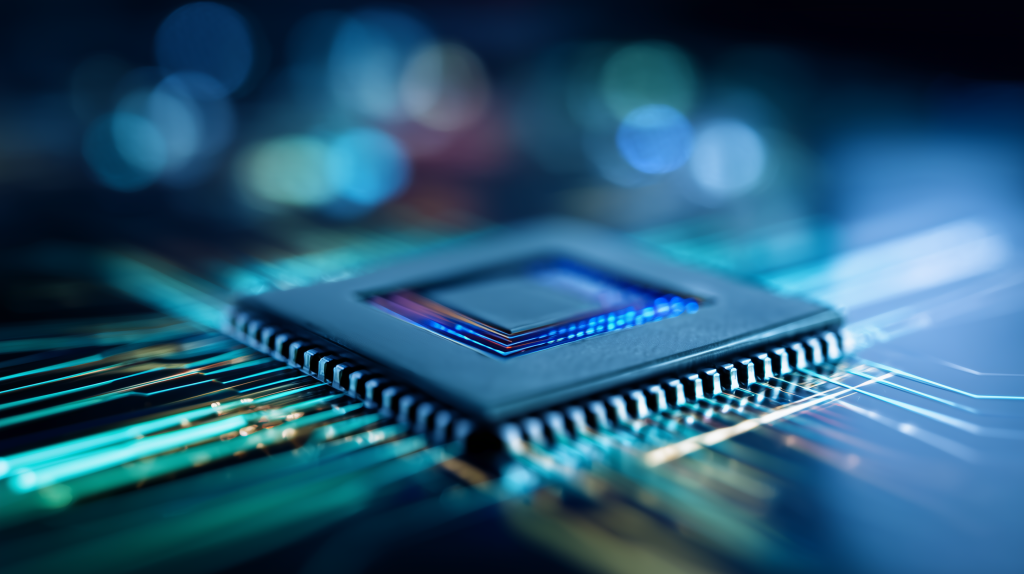Computer virus explained: simple guide to all types
By Mario Canario – Technology Editor
September 19, 2025
Bad software can hide anywhere online. It can slow your PC. It can steal your money. You want a clean, short path to safety. This guide keeps it simple. Here you get computer virus explained in plain words, with signs to watch for, and steps you can take today.
Why this matters now
We all live on the web. We bank, shop, and store photos online. Because of that, criminals follow us there. They use tricks and code to get inside our devices. One click can be enough. Yet you can block most attacks with a few good habits. You will learn those here.
First, what is “malware”
Malware means malicious software. It is the big umbrella. A virus is only one kind of malware. Other kinds include worms, ransomware, Trojans, spyware, and more. Each kind spreads in its own way. But they all try to harm or exploit your device.
Core idea: how bad software gets in
Most attacks start with three simple paths:
- A trick. A fake email link. A pop-up ad. A “free” download.
- A weak spot. An outdated app. A broken plugin. A stolen password.
- A bad device. An infected USB drive or a laptop that was already hit.
If you can close those three paths, you block most threats.

The big list: every common malware type explained
To make this easy to scan, each section tells you what it is, how it spreads, signs to look for, and a fast fix.
1) Virus
What it is: Code that attaches to files or apps. It needs a human to run the infected file.
How it spreads: Email attachments, shared files, pirated software.
Signs: Random errors, slowdowns, corrupted files, odd pop-ups.
Fast fix: Update your antivirus, run a full scan, delete or restore damaged files from backups.
2) Virus hoax
What it is: A fake warning about a threat that is not real.
How it spreads: Social posts, emails, pop-ups.
Signs: Scare language urging you to pay or call a number.
Fast fix: Do not click. Close the tab. Check with your security tool or a trusted IT pro.
3) Worm
What it is: A self-spreading threat that moves on its own.
How it spreads: Network holes, old software, open file shares, infected USB drives.
Signs: Your internet crawls, mass emails send without you, many devices slow at once.
Fast fix: Patch systems, unplug infected PCs from the network, scan all devices.
4) Ransomware
What it is: Malware that locks your files and asks for money to unlock them.
How it spreads: Phishing, bad downloads, weak remote desktop.
Signs: A ransom note on screen, files with new strange extensions.
Fast fix: Disconnect from the network, call IT or law enforcement, restore clean backups. Do not pay if you can avoid it.

5) Trojan
What it is: A fake “good” app that hides bad code. It relies on tricking you to install it.
How it spreads: Pirated games, “free” utilities, fake installers.
Signs: New toolbars, sudden ads, missing money or strange account logins.
Fast fix: Uninstall the app, run a deep scan, change passwords, enable multi-factor login.
6) RAT (Remote Access Trojan)
What it is: A Trojan that gives an attacker full remote control.
How it spreads: Same as a Trojan, plus cracked software.
Signs: Cursor moves by itself, mic or webcam turns on, files change with no action from you.
Fast fix: Disconnect from internet, scan offline with a bootable tool, rotate all passwords.
7) Cryptojacker
What it is: Code that steals your CPU/GPU power to mine coins.
How it spreads: A hacked website script or a sneaky app.
Signs: Fans roar, device runs hot, battery drains fast even when idle.
Fast fix: Close that site, remove shady extensions, scan, and patch your browser.
8) Keylogger
What it is: Malware that records what you type.
How it spreads: Malicious ads, infected apps, Trojans.
Signs: Unknown processes, strange network use, account takeovers.
Fast fix: Scan, then change passwords from a clean device. Turn on multi-factor login.
9) Logic bomb
What it is: Code that sleeps until a certain date or event, then it triggers.
How it spreads: Often planted by insiders or hidden in scripts.
Signs: Hard to spot. You might only notice after files are deleted or settings change.
Fast fix: Backups with version history, strong access rules, and code reviews for scripts.
10) Malvertising
What it is: Malicious ads on real sites.
How it spreads: Ad networks that were abused.
Signs: Scary pop-ups that push you to “scan now.”
Fast fix: Close the tab. Use an ad blocker from a trusted source. Keep your browser patched.
11) Wiper
What it is: Code built to destroy data.
How it spreads: Phishing, poisoned updates, or stolen admin access.
Signs: Files vanish. Systems fail to boot. Backups show errors.
Fast fix: Isolate, rebuild systems from clean images, then restore from offline backups.
12) Adware
What it is: Apps that blast ads and slow your device.
How it spreads: Bundled with “free” software.
Signs: Pop-ups, browser changes, sluggish apps.
Fast fix: Remove the app, reset the browser, and use reputable cleaners.
13) Spyware
What it is: Software that watches you and sends data out.
How it spreads: Trojans, risky downloads, bad extensions.
Signs: New icons, high network use, targeted ads that feel creepy.
Fast fix: Scan, remove, and review app permissions on phone and PC.
14) RAM scraper
What it is: Code that steals data from memory, often credit card info in point-of-sale systems.
How it spreads: Weak or unpatched terminals.
Signs: Fraud notices from banks, alerts from payment processors.
Fast fix: Patch POS systems, segment the network, and rotate all payment keys.

15) Rootkit
What it is: Deep malware that hides itself and protects other threats.
How it spreads: Exploits or admin-level Trojans.
Signs: Security tools fail, system settings change back by themselves.
Fast fix: Use a trusted boot disk. Sometimes the only cure is a full wipe and reinstall.
16) Backdoor
What it is: A secret way in that skips logins.
How it spreads: Often installed by another malware.
Signs: Unknown accounts, odd ports open, new scheduled tasks.
Fast fix: Change all passwords, remove unknown users, review firewall rules.
17) Botnet
What it is: A herd of infected devices run by one attacker.
How it spreads: Phishing, weak routers, old IoT gadgets.
Signs: Your device sends lots of traffic, your ISP warns you, or home internet crawls.
Fast fix: Reboot and patch routers, change Wi-Fi passwords, and scan all home devices.
18) Fileless malware
What it is: Threats that live in memory, not as files on disk.
How it spreads: Malicious scripts, PowerShell abuse, and phishing.
Signs: Hard to detect with old tools. You see strange system processes and spikes in RAM.
Fast fix: Use modern endpoint tools, log monitoring, and regular reboots with patches.
19) Malicious macro
What it is: A bad macro hidden in a document.
How it spreads: Email “invoices” and “reports” that ask you to enable macros.
Signs: Office asks to enable macros; then files appear or vanish.
Fast fix: Never enable macros for unknown files. Use cloud viewers. Scan before opening.
“Computer virus explained” in one chart
Use this small table to match the threat to a fast action.
| Threat type | Fast action |
| Virus, Trojan, Adware | Uninstall shady apps, run a full scan, reboot |
| Worm, Botnet | Disconnect from network, patch, scan all devices |
| Ransomware, Wiper | Isolate, rebuild from clean images, restore backups |
| Spyware, Keylogger, Backdoor | Scan, change passwords from a clean device, enable MFA |
| Rootkit, Fileless | Use a bootable scanner or EDR; consider full reinstall |
| Malvertising, Hoax | Close tab, ignore scare pop-ups, verify with trusted tools |
Five pillars of daily protection
- Update everything. Turn on auto updates for Windows, macOS, browsers, and phones.
- Use one strong security suite. Keep real-time protection on.
- Back up with version history. Keep one backup offline or in a secure cloud vault.
- Harden logins. Use a password manager and multi-factor on email, bank, and cloud.
- Click with care. Hover on links. When in doubt, type the site address yourself.
Because habits beat hacks, these five steps stop most attacks before they start.
Common mistakes and easy fixes
- “I’ll download that free movie.”
That risky file can hide a Trojan or RAT. Instead, use legal streaming and trusted stores. - “I’ll deal with updates later.”
Delays leave open holes. Set auto updates and schedule a weekly restart. - “I’ll use the same password for all.”
One leak means all accounts are open. Use a manager to make unique passwords. - “I clicked a pop-up that said ‘You’re infected.’”
That is malvertising. Close the tab. Never call numbers in pop-ups. - “Backups are too hard.”
Use a simple cloud backup tool. Pick daily backups with file history.
Quick safety checklist
- Updates on for OS, browser, and apps
- Real-time antivirus on and up to date
- Password manager + multi-factor login
- Daily or weekly backups with version history
- Admin account used only when needed
- Macros disabled by default in Office apps
- Router firmware updated; Wi-Fi uses WPA3
- Unknown USB drives never plugged in
- Kids’ devices use standard (non-admin) accounts
- A printed recovery plan with key phone numbers
Save this list and check it once a month.

When to rebuild instead of repair
Sometimes cleanup takes longer than a fresh start. Rebuild if you see:
- A rootkit is suspected.
- A RAT keeps returning after you remove it.
- Ransomware hit more than one device.
- Your antivirus will not run or turns off by itself.
Back up your files first, then reinstall the OS from a clean image. Change passwords right after.
“Computer virus explained” for small business owners
If you run a shop or clinic, one small step can save a week of pain. Split your network. Keep point-of-sale, cameras, guest Wi-Fi, and office PCs on separate networks. Also, train your staff twice a year. Teach them to spot fake invoices, fake shipping notices, and “CEO” wire-fraud emails. Finally, make one person the owner of updates and backups. Clear roles lower risk.
Local help in Wisconsin
If you are in Milwaukee or nearby, we can help you set this up the right way the first time. Redbird Technology Solutions has more than 25 years serving local homes and small businesses. We set up safe networks, manage updates, install and maintain security cameras, and handle backups. If you want friendly advice, reach out for a free consultation. We keep it simple and local.
FAQs
What is the easiest way to remove a virus?
Run a full scan with a trusted security tool. Then restart and scan again. Finally, update your system and apps.
How do I know if I have ransomware?
You will lose access to files and see a note asking for money. Disconnect from the network right away and call a pro.
Is a worm the same as a virus?
No. A virus needs you to run a file. A worm spreads on its own across a network.
Can a Mac or phone get malware?
Yes. All modern devices can be hit. Keep them updated and install apps only from official stores.
Should I ever pay a ransom?
Experts advise against paying when possible. Restoring clean backups is safer and stops repeat attacks.
What is a fileless attack?
It runs in memory without saving files to disk. That makes it harder for old tools to spot. Modern endpoint tools help.
How do I protect my kids’ devices?
Create standard accounts, enable family filters, and keep updates on. Teach them to avoid random links and downloads.
Sources
- Cybersecurity and Infrastructure Security Agency (CISA). “Malware.” 2024.
- National Institute of Standards and Technology (NIST). “Guide to Malware Incident Prevention and Handling.” 2023.
- Microsoft Security. “Ransomware protection and recovery.” 2024.
- FTC. “Protecting Personal Information: A Guide for Business.” 2024.
































